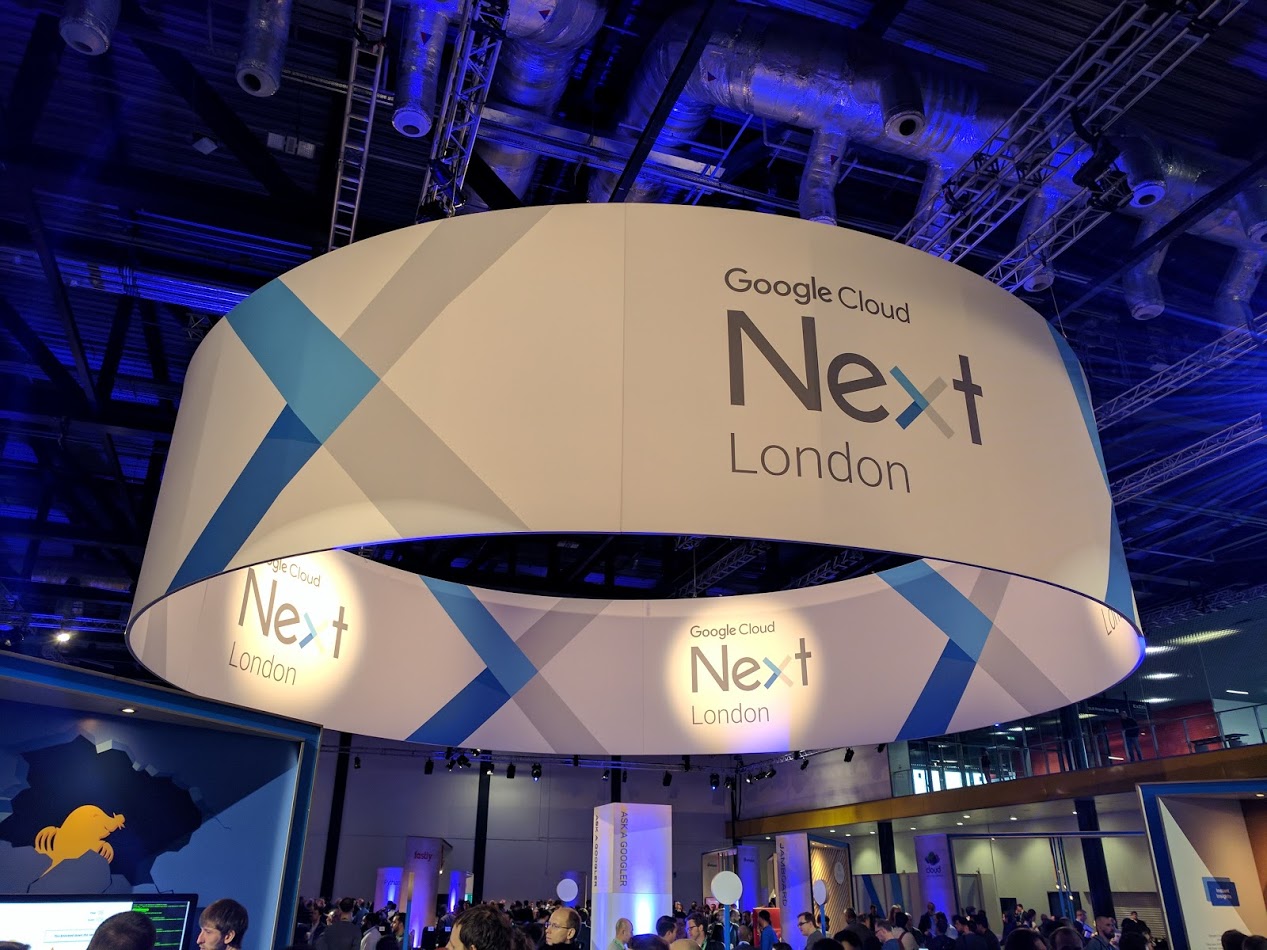

Google Cloud Platform (GCP) boasts thousands of high-profile customers around the world – from Spotify to Snapchat and Coca Cola – providing a huge range of services. These include tools related to big data analytics, the Internet of Things (IoT), machine learning, app development, security and many more.
Google is constantly working to keep pace with its main rivals Amazon Web Services (AWS) and Microsoft Azure in what is now a hugely competitive market, so here’s the latest news and updates on the public cloud provider.
November 2017: Google slashes price of Nvidia Tesla GPUs by 36 Percent
Google has slashed the price of Nvidia Tesla GPUs in a bid to make it more cost effective for organisations and researchers to complete compute intensive tasks. It cites the example of Shazam as one business taking advantage.
“Our GPU virtual machines allow you to create exact performance and cost VM configuration for your workload,” explained Google. “Specifically, we enable you to create VM shapes with the right number of vCPUs, GPUs and memory for your specific application.
“Optionally, if you need fast disk performance with your GPUs, you can attach up to 3TB of Local SSD to any GPU-enabled VM. In addition, to help ensure our Cloud GPU customers receive bare metal performance, the hardware is passed through directly to the virtual machine.
“Scientists, artists and engineers need access to massively parallel computational power. Deep learning, physical simulation and molecular modeling can take hours instead of days on NVIDIA Tesla GPUs.”
Google has also reduced the price of pre-emptible local SSDs by almost 40 percent when compared to on-demand local SSDs to sweeten the deal
September: GCP gets Cloud GPU boost with Nvidia GPUs
Google Cloud Platform (GCP) is now offering faster cloud GPUs to customers with the beta launch of NVIDIA P100 GPUs and the general availability of NVIDIA K80 GPUs.
Both are availale on the Google Compute Engine, with the company claiming the new GPUs will accelerate workloads such as machine learning and simulations – a boost to geologists and researchers for example.
Customers, including Shazam, are able to configure the CPU, memory, disk and GPU to match their needs, and work at all levels of the cloud stack.
“With today’s announcement, you can now deploy both the NVIDIA Tesla P100 and K80 GPUs in four regions worldwide,” said Chris Kleban and Ari Liberman, Product Managers for Google Compute Engine.
“All of our GPUs can now take advantage of sustained use discounts, which automatically lower the price (up to 30 percent), of your virtual machines when you use them to run sustained workloads. No lock-in or upfront minimum fee commitments are needed to take advantage of these discounts.”
The regions are US West Oregon, US East South Carolina, Europe West Belgium and Asia East Taiwan.
September 2017: Google opens Sao Paulo Region
Google Cloud Platform (GCP) has expanded to South America, with the launch of the ‘southamerica-east1’ region in Sao Paulo.
The region is GCP’s first on the continent and promises to improve performance, lower latency and improve compliance for customers.
Indeed, Google is claiming latency could be reduced by as much as 95 percent in Chile, Argentina and Brazil.
Additionally, customers can also pay for GCP services in Brazillian Reais.
September 2017: Google adds content analysis tools to natural language API
Google Cloud has rolled out two new features to its Cloud Natural Language API that it claims will help publishers, and businesses, analyse and classify digital content.
Automatic content classification can automatically sort blog posts, social media posts and other forms of written text into 700 categories, such as news, sport or entertainment.
This additional layer of intelligence could help publisher and internal and external communications departments better manage their assets.
Meanwhile, entity sentiment analysis can determine additional meaning behind written text, helping businesses understand customer reaction. This is a boon for media monitoring teams.
“From documents to blog posts, emails to social media updates, there’s never been more ways to connect via the written word,” said Apoorv Saxena, Product Manager, Google Cloud AI.
“For businesses, this can present both a challenge and an opportunity. With such a proliferation of communication channels, how do businesses stay responsive? More importantly, how can they derive useful insights from all of their content?”
Content classification is available in beta, while entity sentiment analysis is generally available for all Cloud Natural Language API customers.
American space agency prepares for testing of Boeing's Starliner, to ensure it has two space…
As UK and Europe develop closer military ties, European Commission says it will invest €1.3…
Zuckerberg seeks to revive Facebook's original spirit, as Meta launches Facebook Friends tab, so users…
Notable development for Meta, after appeal against 2021 WhatsApp privacy fine is backed by advisor…
First sign of shake-up under new CEO Lip-Bu Tan? Three Intel board members confirm they…
Trump's nominee for SEC Chairman, Paul Atkins, has pledged a “rational, coherent, and principled approach”…